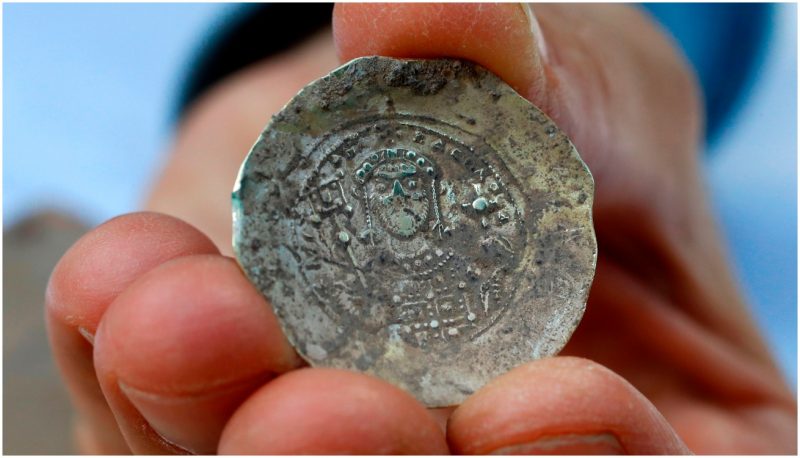About 900 years ago, someone hid a collection of gold coins in a port city named Caesarea. The cache was found…in 2018.
The hoard of 24 coins and a single gold earring appears to have been hidden by someone who planned to retrieve it, but never returned.
In a press release given out on the first night of Hanukkah, the Israel Antiquities Authority (IAA) said that a bronze pot containing 24 gold coins and one gold earring had been discovered in the ruins of the ancient port city of Caesarea Maritima.
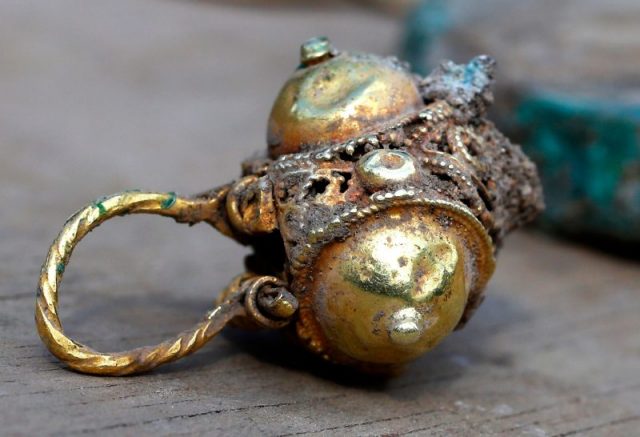
“It is symbolic that the gold coins were discovered on the eve of Hanukkah. For us, this is certainly ‘Hanukkah gelt,’” said Michael Karsenti, CEO of Caesarea Development Corporation, which was a major player on the dig.
The directors of the excavation, the IAA’s Peter Gendelman and Mohammed Hatar, said the coins date to the end of the 11th century.
The discovery’s timing makes it possible “to link the treasure to the Crusader conquest of the city in the year 1101, one of the most dramatic events in the medieval history of the city,” an IAA statement said.
“According to contemporary written sources, most of the inhabitants of Caesarea were massacred by the army of Baldwin I (1100-1118), king of the Crusader Kingdom of Jerusalem,” the statement said.
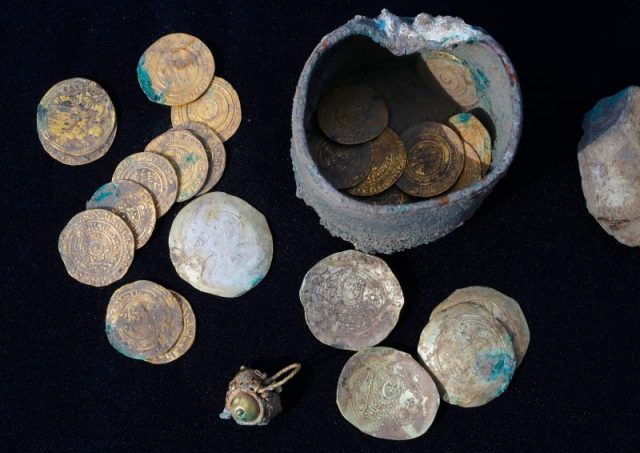
“It is reasonable to assume that the treasure’s owner and his family perished in the massacre or were sold into slavery, and therefore were not able to retrieve their gold.”
The 11th century coins were located between two stones in the side of a well at a house in a neighborhood dating to the Abbasid and Fatimid periods.
According to IFL Science, between the second and 11th centuries, the area was ruled by Byzantines then Arabic Caliphates. The region returned to the Christians when the Pope’s Germanic crusaders, led by Baldwin I, attacked in 1101.
Researchers believe the coin-filled pot was stashed away just before the dramatic takeover. Workers on the ongoing dig at what is now Caesarea National Park found the vessel in the well of a house that was built around the year 1000 CE.
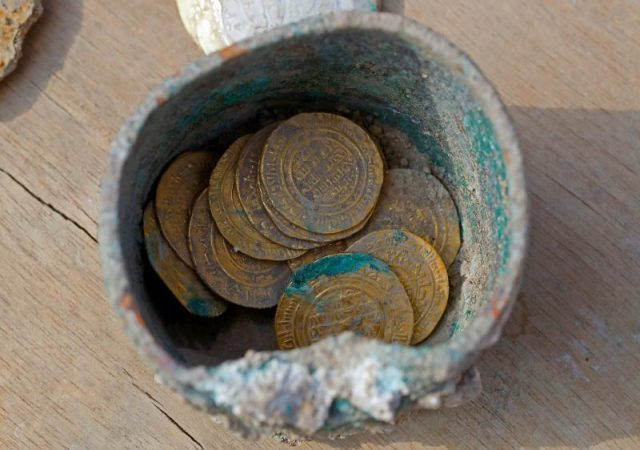
“Eighteen of the coins are Fatimid dinars, known to have been the standard local currency of the time, and six are rare Byzantine imperial gold coins minted around 1071–1079 CE.,” said IFL Science.
Speculation by the experts reveals other clues. IAA coin expert Robert Kool said “one or two of these gold coins were the equivalent of the annual salary of a simple farmer, so it seems that whoever deposited the cache was at least well-to-do or involved in commerce.”
“The cache is a silent testimony to one of the most dramatic events in the history of Caesarea: the violent conquest of the city by the Crusaders,” archaeologists from the Israel Antiquities Authority said.
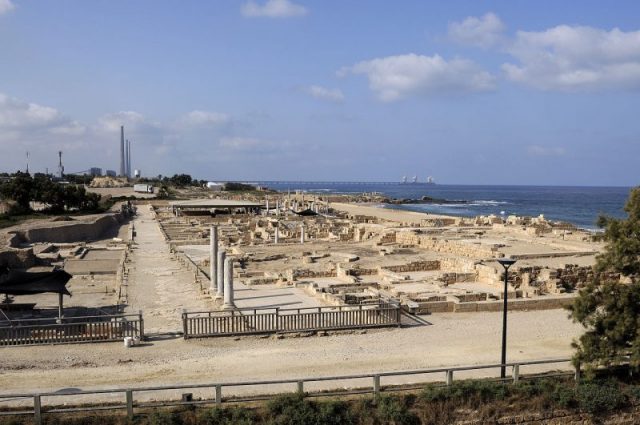
Baldwin was the second crusader ruler and the first King of Jerusalem from the year 1100 to his death. He was a third son, intended for a life in the church, but he decided to become a crusader instead.
He was described by a contemporary as his subjects’ “shield, strength and support; their right arm; the terror of his enemies.”
Years later, Baldwin IV ruled as a King of Jerusalem too. He had leprosy, however, and became too incapacitated to rule, and died at the age of 24. His life is depicted in the film Kingdom of Heaven, about the clash between the crusaders and the Muslims, led by Saladin.
Read another story from us: Eight New Mummies Found with Colorful Sarcophagi Painted Like Humans
He was succeeded by his young nephew, Baldwin V, who lived to the age of nine and was a pawn of his relatives. He had been weak throughout his life, though the rumors that he too was a leper are not substantiated.
